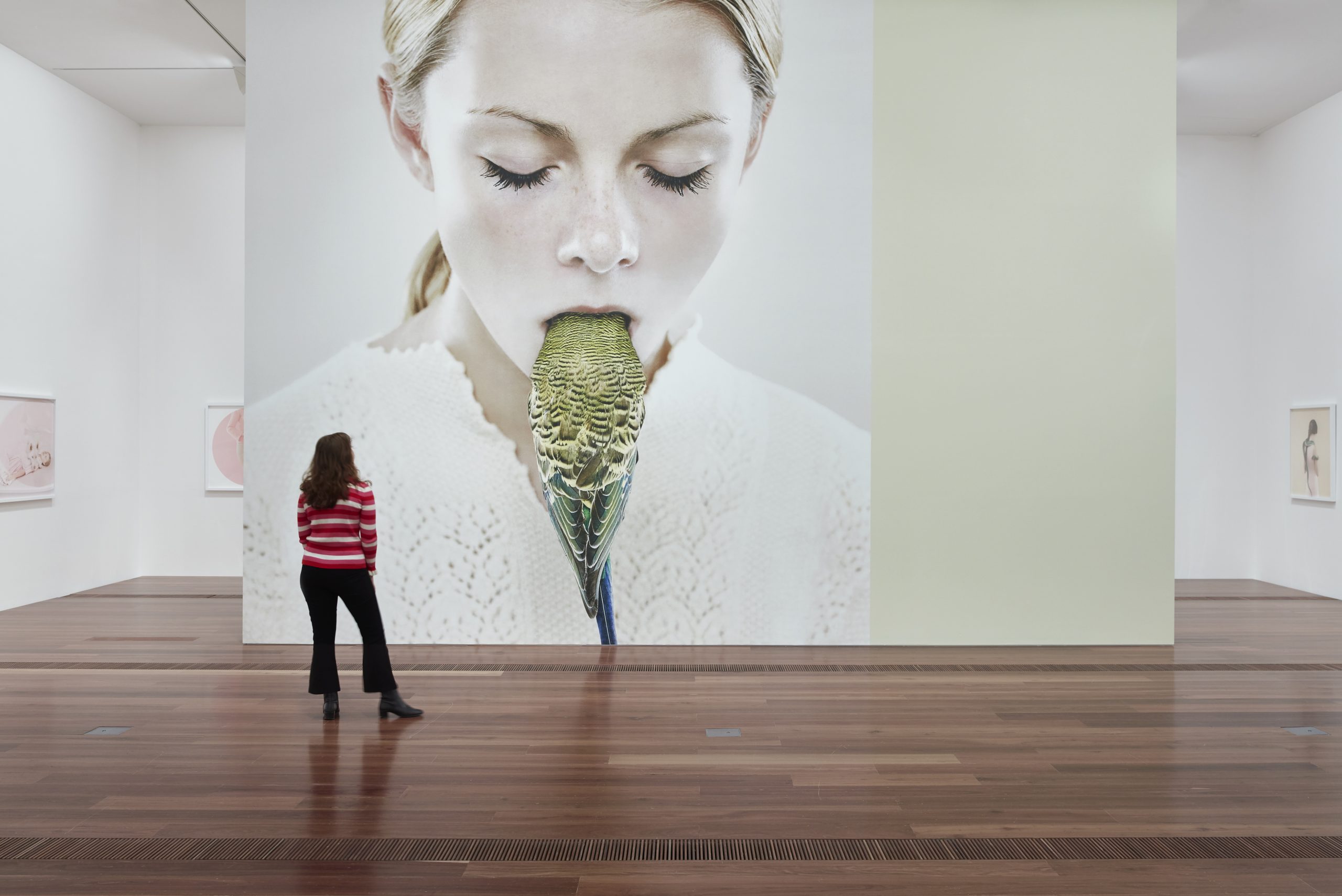
Introducing... National Gallery of Victoria
7.10.19
Situated over two buildings – NGV International and NGV Australia – the National Gallery of Victoria (NGV) hosts a wide range of international and local artists, exhibitions, programs and events. We spoke to Susan van Wyk, NGV's Senior Curator of Photography about the importance of truth in contemporary photography.
Why is photography as a medium important for the National Gallery of Victoria?
The Department of Photography at the NGV was established in 1967. Other state galleries were already collecting photography at that time, but the NGV established the first dedicated department in a major art museum in Australia. The photography collection has grown over the last sixty years to include around 15,000 photographs by artists and photographers from Australia and internationally. Photography exhibitions, based on the collection and from other sources, are a key component of our exhibition programming, reflecting the broad based support and fascination with the medium.
What is the primary focus of the NGV?
The NGV was founded in 1861 and today has the remit to collect, conserve, develop and promote the state’s works of art and bring art to the people of Victoria. Building on this history, today the NGV is a dynamic, vibrant and essential community asset that contributes to the cultural, educational, social and economic wellbeing of Victoria.

Image: Installation view of Robert Polidori’s Amrut Nagar #3, Mumbai, India, 2011, on display as part of Civilization: The Way We Live Now at The Ian Potter Centre: NGV Australia, Melbourne from 13 September 2019 – 2 February 2020. © Robert Polidori, courtesy of Paul Kasmin Gallery, NYC. Photo: Tom Ross
Why is it significant that PHOTO 2020 is taking place in Melbourne?
Melbourne has a long history of institutions and organisations exhibiting, collecting, publishing and teaching photography. There are so many venues showing photography in the heart of the city, and further afield, that it is the perfect destination for an event of this scale.
Why is the relationship between photography and truth important to investigate in the post-internet age?
From the outset the relationship between photography and truth has been complex: staged images have been seen as depicting reality, and the ‘truthful’ nature of documentary images have been challenged. In the post-internet era the very notion of ‘truth’ comes into question, ‘Is it fake news?’, ‘Has that image been doctored?’ are questions that are frequently asked. The importance of photography is that it reaches far beyond being mere evidence and expands, and explores, the world of ideas.

Image: Installation view of Petrina Hicks: Bleached Gothic at The Ian Potter Centre: NGV Australia from 27 September 2019 – 29 March 2020. Photo: Tom Ross
Since joining the NGV, Susan van Wyk has worked on more than sixty exhibitions of Australian and international photography. Recent exhibitions include Colony: Australia 1770-1861, Bill Henson, Alex Prager, Thomas Demand, and William Eggleston.